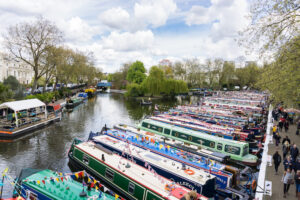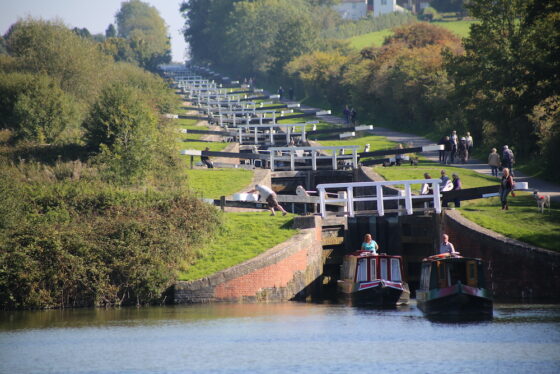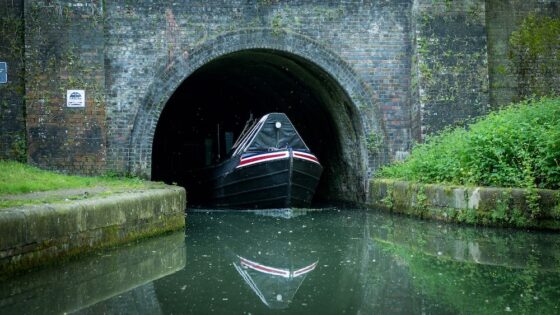
Canal & River Trust invites boaters to offer feedback on UK waterways

The Canal & River Trust has started the process of setting a national standard for the water points, refuse sites and other boater facilities that it provides across the waterways network.
The charity provides over 600 water points, 264 Elsan points, and 250 refuse and recycling sites free at the point of use. There are also 77 pump-out machines and, in some areas, toilets and showers. However, there is currently no statutory requirement or set of standards about where or what facilities the trust will provide.
Now, the Canal & River Trust is starting a consultation for boat licence holders, to agree a minimum standard of customer service facilities that, within existing resources, will best meet the needs of those living on and navigating the network of waterways in Britain.
The consultation has been developed with boaters from the trust’s Navigation Advisory Group and elected boater representatives and builds on the findings of the Inland Waterway Association survey and recommendations on customer service facilities.

Caen Hill Locks was voted among the top 10 British waterways this year. Image courtesy of the Canal & River Trust
Phase one of the consultation will take place until 21 November 2022. Boaters are invited to participate by completing the online consultation survey.
A second phase, which will look at existing facilities against the new minimum standard, will take place in 2023.
The trust says it spends almost £4m every year on maintaining the facilities and managing waste. Many older facilities require investment, whilst the cost of providing and maintaining the trust’s facilities is also increasing, with soaring inflation and, in too many cases, the need to repair vandalism to customer service buildings housing the facilities.
The trust will be asking boaters about what facilities they consider essential: what facilities should and should not be provided by the trust; what the minimum cruising distance between facilities should ideally be; and what local factors should be taken into consideration where there is higher or lower demand. The process will also set a standard for the quality and availability of facilities.

Blisworth Tunnel. Image courtesy of the Canal and River Trust
“We know how important it is for boaters to be able to access water and waste facilities when they are cruising,” says Matthew Symonds, head of customer service at the Canal & River Trust. “In reality, many of the boater facilities that we provide have been installed over time without an over-arching national standard, which can make it hard for boaters to know how far they might have to travel and what they might find.
“Set against the context of growing customer expectations and rising costs in providing and maintaining the facilities, we recognise that there is a need to change and improve how we provide them. We want to ensure we provide facilities that boaters need, delivered to a consistent standard across our network, and that the facilities are better in terms of resilience and reliability, with fewer breakdowns and incidents of vandalism.
“The intention is to use our resources more effectively to deliver the best possible service for boaters. I would encourage all boaters to share their views on how we can achieve this together.”
The trust emphasises that the consultation is not about any specific customer service facilities, but a national standard that will then inform decisions about local facilities. There is no intention to remove stand-alone water points.
In August, the trust launched its first ‘boater census‘. The charity asked every boat licence holder to take part with the aim of painting a picture of who uses its waterways network. The census closed on 30 September, and the results are now pending.
